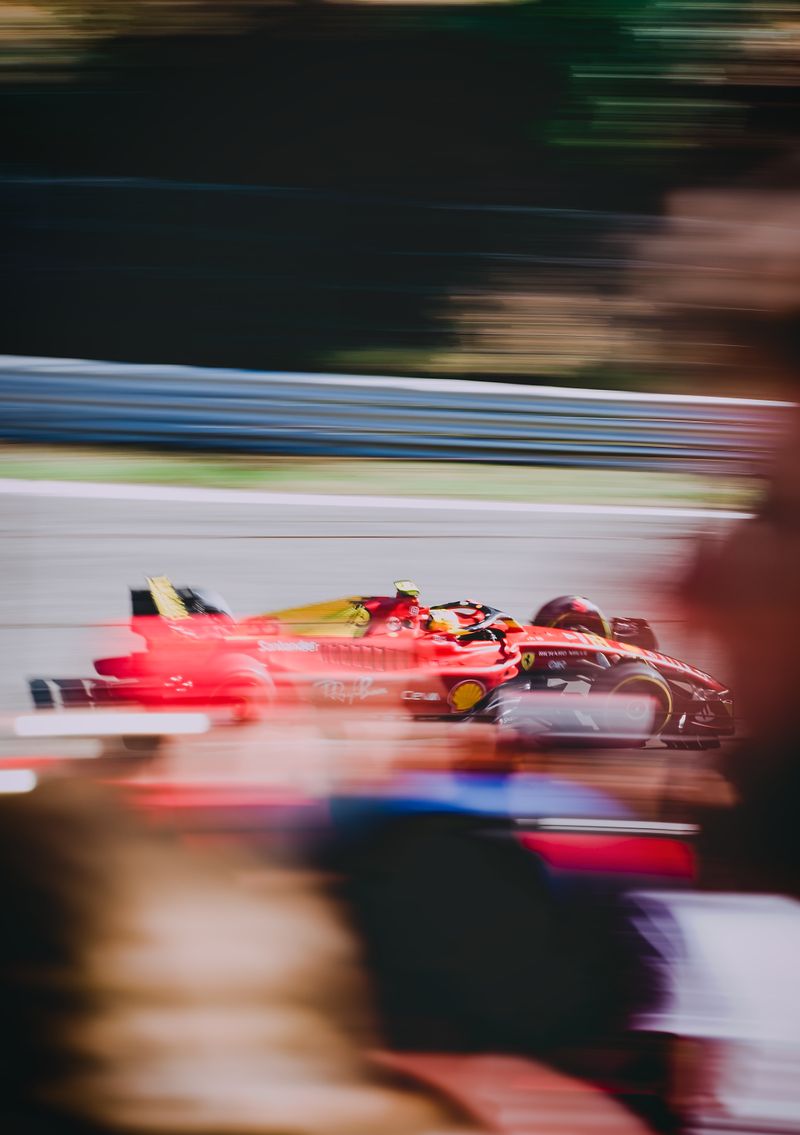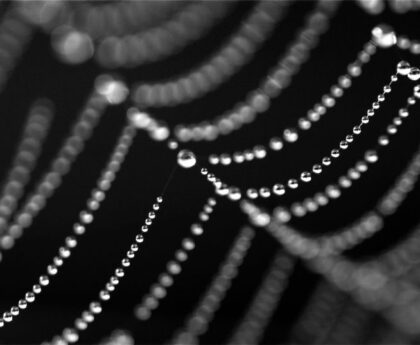Explained: The 29-year-old rule Hamilton and Leclerc broke — and why the FIA had zero tolerance
Lewis Hamilton and Charles Leclerc, two prominent Formula One drivers, were recently disqualified from the United States Grand Prix for a technical breach involving their cars’ ride height. Disqualifications in Formula One are rare and typically reserved for significant technical or sporting violations. In this case, Hamilton and Leclerc were found to have run their cars too low to the ground, a violation of a rule that has been in place for almost 30 years.
The Rule: Ride Height Regulation
It may surprise fans, both new and longstanding, to learn that a simple piece of wood screwed into the bottom of the car is used to regulate the ride height in the super-high-tech world of Formula One. Known as the plank, this wood is precisely 1 centimetre thick and placed in a specific location in the middle of the car’s floor. Attached to the plank are skid blocks made from a titanium alloy, which protrude slightly from the wood. These skid blocks protect the floor and plank when the car bottoms out, generating the sparkling sparks seen during races. The goal of the plank is to ensure that at the end of the race, it measures no less than 0.9 centimetres. A loss of 1.1 millimetres in plank thickness due to wear and tear results in disqualification.
The introduction of the plank in 1994 was part of a series of safety-oriented changes following the tragic death of Ayrton Senna. While cars have evolved significantly since then, the plank remains a crucial component for both performance and safety reasons. It serves as a mechanism to police and regulate the car’s ride height, preventing teams from finding ways to lower the car during high-speed races. By introducing a consumable part, the regulation effectively safeguards fair competition.
The Breach: Unintentional Rule Violation
Both Ferrari and Mercedes would not have intentionally violated this regulation, as the risk of disqualification is substantial. Instead, it is likely that they ran afoul of the rule inadvertently. The Circuit of the Americas, where the disqualifications occurred, is notorious for its bumpy surface. The reasons behind these bumps include the shifting clay composition of the track and potential construction flaws. The bumps not only pose a driving challenge but also create setup issues for the teams. With the sprint weekend format, teams had limited practice time to find the optimal ride height for their cars. The compressed schedule and the disruptive bumps caused Mercedes and Ferrari to exceed the allowed ride height, resulting in the disqualifications. Additionally, Mercedes may have been further caught off guard by the introduction of a new floor for their car in Austin.
The Discovery: FIA’s Stringent Policing
The FIA (Fédération Internationale de l’Automobile) strictly enforces the technical regulations throughout the race weekend. Jo Bauer, the FIA’s longstanding technical delegate, oversees the scrutineering process and has the authority to conduct checks on cars’ compliance with the rules. Scrutineering procedures occur regularly, with a heightened focus during qualifying sessions when drivers are randomly called to the weighbridge for various checks. Some parameters are checked on every car, while more detailed inspections are carried out randomly on a smaller number of cars due to practicality. Measuring the thickness of the plank is one of these limited random checks. During the United States Grand Prix, Hamilton, Leclerc, Max Verstappen, and Lando Norris were the only cars inspected. Verstappen and Norris passed the inspection, while Hamilton and Leclerc‘s cars were found to have excessive wear on their skid blocks, prompting the disqualifications.
The Severity of Disqualification
Disqualification is the automatic consequence for breaking technical regulations in Formula One. While there have been rare instances where teams have argued for leniency based on external factors beyond their control, the vast majority of cases are clear-cut. Strict policing of the technical rules is crucial to ensuring fairness in competition, much like the zero-tolerance approach taken by anti-doping bodies to preserve the integrity of sports. Breaking technical rules can be likened to mechanical doping, as even minor breaches can lead to significant performance advantages. It is not necessary to prove intent or the actual benefit gained from the violation. Operating outside the rules is sufficient grounds for disqualification.
Rarity of Disqualifications
Disqualifications in Formula One are exceptionally rare due to the effectiveness of the zero-tolerance approach. In the past decade, only eight drivers have been stripped of their positions, with six of them committing technical breaches. The first disqualification occurred in 2014 when Daniel Ricciardo exceeded the fuel-flow limits during the Australian Grand Prix. Other instances include Felipe Massa’s disqualification in 2015 for tyre temperature irregularities, Romain Grosjean’s elimination in 2018 for an illegal floor, and Esteban Ocon and Kevin Magnussen’s disqualifications in 2018 for fuel-related violations. Sebastian Vettel was the most recent driver before Hamilton and Leclerc to be disqualified, as he did not have one litre of fuel left in his car for scrutineering at the 2021 Hungarian Grand Prix. The only exception to technical violations was the disqualifications of Ricciardo and Nico Hülkenberg from the 2019 Japanese Grand Prix, which involved the use of an illegal brake bias system. Disqualifications serve as a rare but necessary tool to maintain fairness and adherence to the regulations in Formula One.
In conclusion, the recent disqualifications of Lewis Hamilton and Charles Leclerc from the United States Grand Prix were a result of inadvertently breaking a 29-year-old rule regarding ride height regulations. The FIA’s zero-tolerance approach to technical violations ensures fairness in competition and upholds the integrity of Formula One. While disqualifications are infrequent, they serve as a powerful deterrent and reminder that all teams must adhere to the regulations for a level playing field.

<< photo by Jenda Kubeš >>
The image is for illustrative purposes only and does not depict the actual situation.
You might want to read !
- A Bond Beyond Borders: The Unlikely Friendship of Kylie Moore-Gilbert and Sami Shah
- “Why did Nawaz Sharif reignite the Kashmir dispute in his recent address?”
- “Unfolding Events: A Day in Brisbane on October 23”
- Reviving Ricciardo: Unraveling the Enigma of his Disastrous F1 Return
- The Curious Enigma of Ricciardo’s Disastrous F1 Comeback
- “Ricciardo’s F1 Disaster: The Missed Detail That Didn’t Work Out for the Team”
- Lightning Strikes Twice: Australian driver dominates 2023 F1 United States Grand Prix
- The Resurgence of Providoor: A Fresh Approach to Hospitality in Australia
- Opinion: Max Verstappen’s Triumph at COTA Shakes Up 2023 F1 United States GP
- Australia’s Glittering Showbiz Scene: A Closer Look
- Fortifying the Skies: An In-depth Look into Israel’s Iron Dome
- “Will the Voice Referendum Signal the End of an Era in Australian Voting?”
- “Matildas Unleashed: Exploring the Meteoric Rise of Australia’s Women’s Soccer Team”
- Winning Hearts and Changing the Game: Unveiling the Untold Tales of the Matildas




